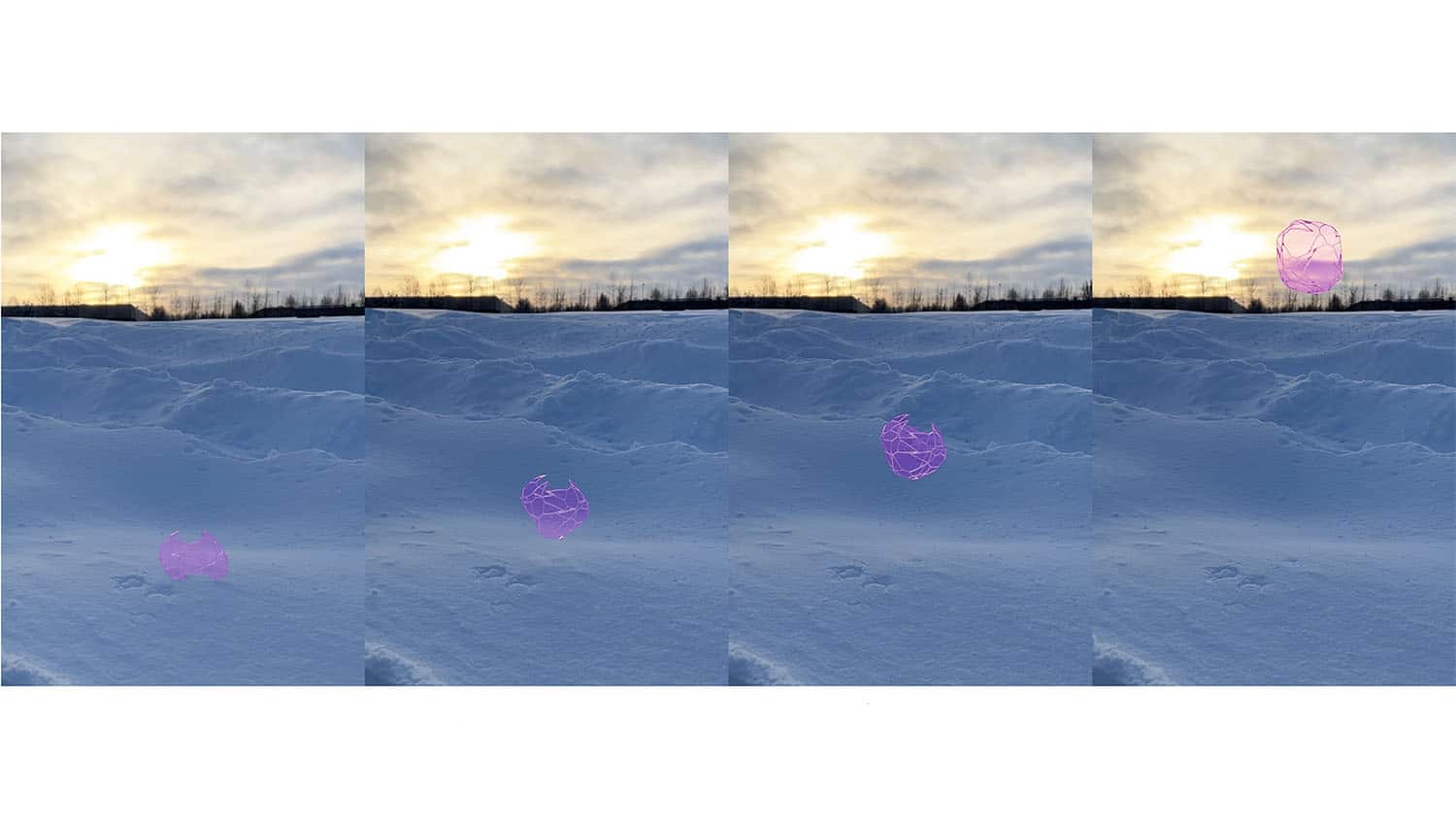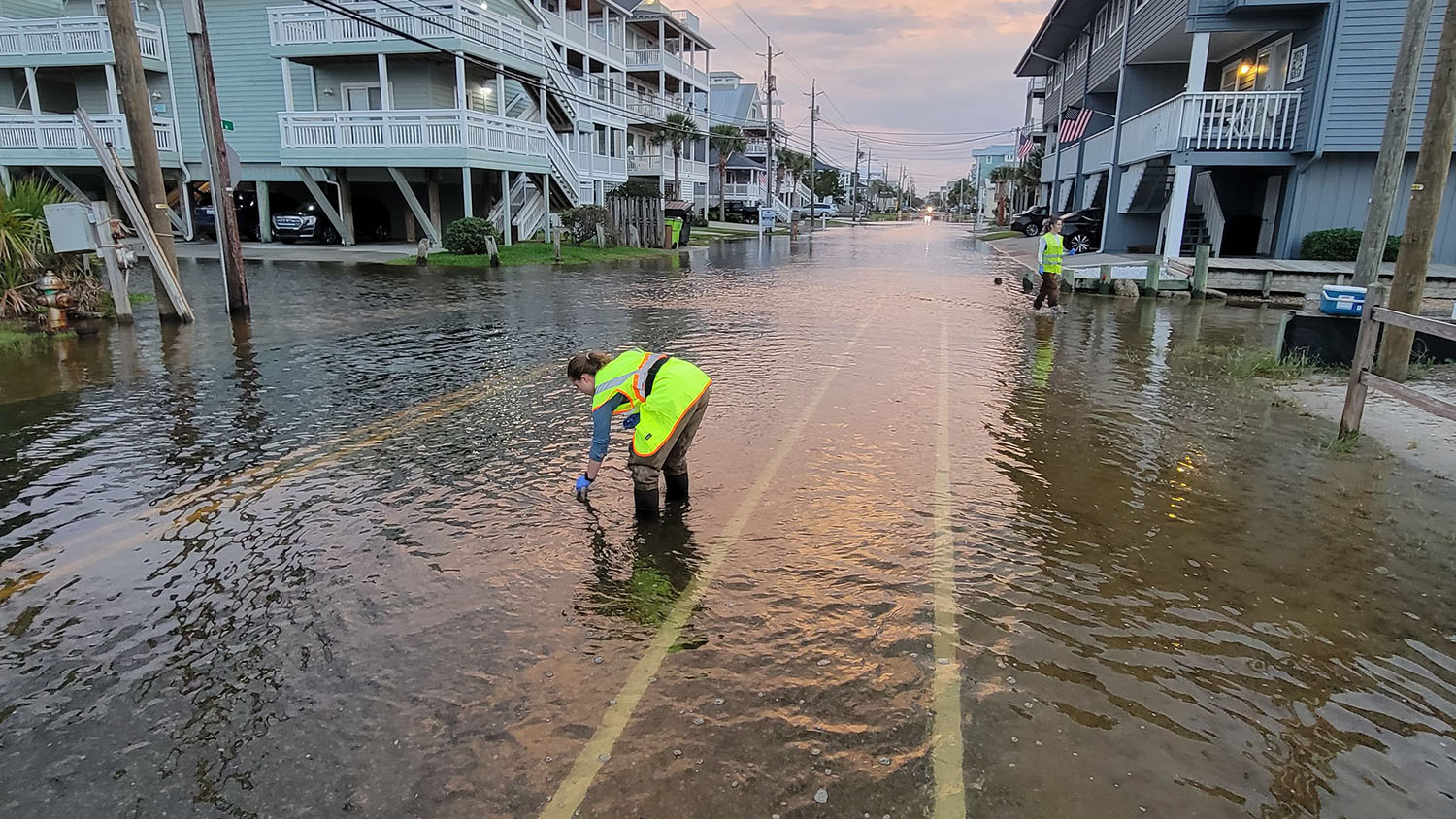Buggin’ Out
Tracking invasive pests around the world sounds like it would make for an interesting show on the Discovery Channel. But don’t be fooled – the work that goes into tracking these species is less “Deadliest Catch” and more “Dirty Jobs.” Researchers at NC State partnered with scientists and analysts from around the globe to determine recommendations for improving pest-risk mapping – which will give decision makers better information on where and how to combat pests.
“We use pest-risk maps to estimate where invasive species might arrive, establish, spread or cause harmful impacts,” says Dr. Roger Magarey, senior researcher at NC State. “This provides decision makers the insight to determine whether management – prevention, eradication, containment or suppression – is needed, and which option is most appropriate.”

And tracking pests to see what parts of the world are most at risk is important. Pests can do more than cause environmental damage; their impact on crops can cause major economic and trade loss. Take the Redbay Ambrosia beetle. It was first detected in the United States near Savannah, Ga., in 2002, and had spread to Hilton Head Island, S.C., by 2004, causing widespread mortality in Redbay trees. Why the worry? Redbay trees are the same genus as avocado trees – and I don’t know about you, but I don’t need anyone messing with my guacamole!
Magarey, and Dr. Frank Koch, a research assistant professor at NC State, both said that there are currently too many different methods of pest-risk mapping, and that creating recommendations and best practices will result in higher quality – and more consistent – maps.
The recommendations were published in the May 2010 issue of BioScience.
- Categories:


